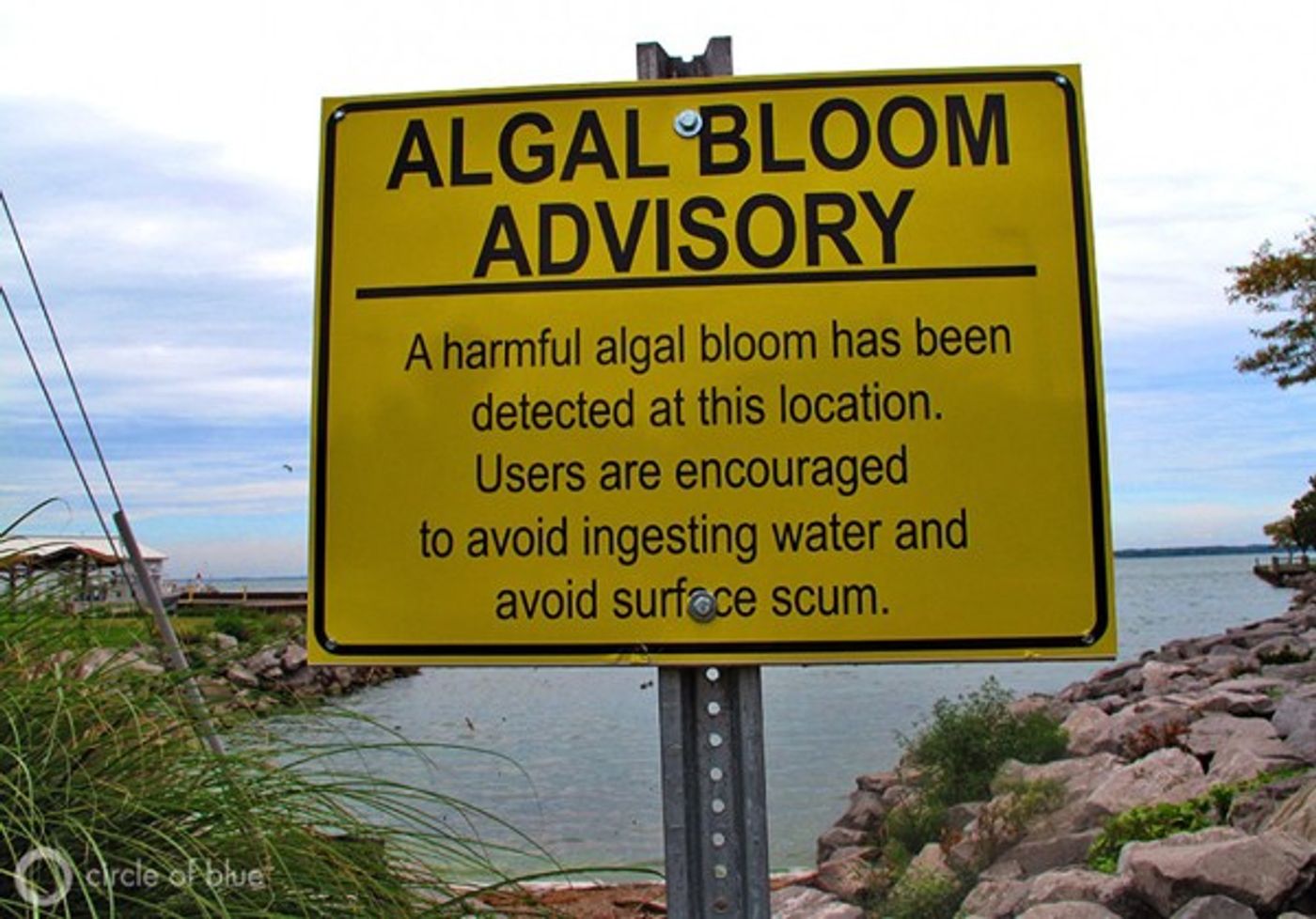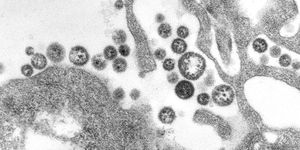House prices dropping because algal blooms threaten Ohio lakes
Upon taking a look at two distinct studies published in Ecological Economics and the Journal of Environmental Management, it’s clear that ecosystem services are not receiving their due credit. The studies analyzed the impacts of algal blooms in two Ohio lakes as well as Lake Erie and the findings estimate that algal blooms in the two Ohio lakes cost homeowners $152 million in lost property value over the past six years. Meanwhile, similar algal blooms in Lake Erie make fishing license sales drop by 10% every time a bloom arises, meaning a summer-long bloom can result in a $5.6 million loss of fishing revenue.
"Our biggest takeaway is that efforts to prevent and mitigate algal blooms have real, tangible benefits for Ohioans, including property values," said Allen Klaiber, associate professor of agricultural, environmental and development economics at Ohio State.
The first study found that property values for homes within one-third of a mile of the two Ohio lakes fell 11-17% from 2009-2015; lakeside homes fell more than 22%. Residents near Buckeye Lake, which lies east of Columbus, collectively lost $101 million in home sales; $51 million was lost by residents who live close to Grand Lake St. Mary’s.
In the case of Lake Erie, the loss of revenue due to algal blooms came from the sport fishing tourism industry, which is valued as a $1.7 billion industry. The second study showed that when algae levels in the lake reach what the World Health Organization calls a “moderate” threshold, fishing license sales within a 12-mile radius of the lake fell by 10-13%. According to locals, this “moderate” level means cloudy water that smells like rotten eggs. Not exactly the nicest conditions to sit around and wait for a tug on your rod. Back in 2011, the algae threshold rose to “extreme” when it covered 45% of the lake. The study states that if those levels were to repeat now, 3,600 fishing licenses would likely be lost (aka never purchased) and the industry would lose $5.6 billion in one summer.
The studies also looked at how the public views algae; more specifically, how much is too much? “People make decisions based on their perceptions, and they get their strongest perception of algae at the beginning when they first see news stories about the water being unsafe to drink," Klaiber said. "And that poses a real challenge because once a lake has an algae problem, it's really difficult to clean it up enough to make the algae imperceptible again. That's why we think the biggest 'bang for the buck' in regards to state policies would come from preventing algae levels from becoming perceptible in the first place."
The reason these studies even took place is that the Ohio EPA has made collecting data on algae blooms a priority. In 2008 the agency set up a special working group to monitor the algal levels in Lake Erie and all major inland lakes. The researchers hope their work will add the push for the next step in the state by providing policymakers the information they need to address algae prevention and cleanup.
Sources: Ecological Economics, Journal of Environmental Management, Science Daily









